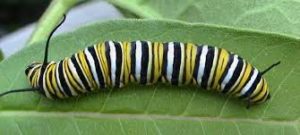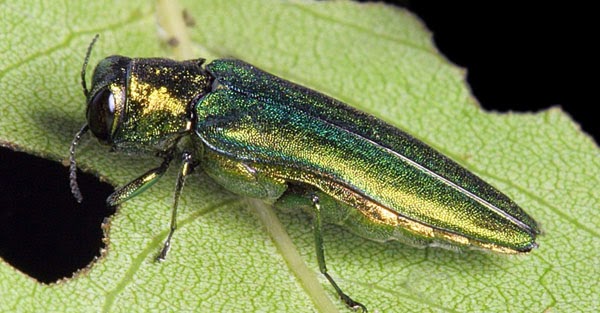Most commercial landscape property owners are concerned about the effects that insects and other pests might have on the plants and trees on your property. Web worms in your trees, chinch bugs in your St. Augustine grass, and other insects can cause severe damage. But not all insects are detrimental to your landscaping. There are several “good bugs” that beneficial to the plants and trees on your property.
Scary Bugs
To understand why some bugs are beneficial to have on your commercial landscape property, you must first learn which bugs are harmful.
Aphids: This small insect, with its piercing and sucking mouth, is a common pest to many species of roses. Aphids suck the sap from plants, causing dried and damaged leaves. You will most often find aphids on roses, crepe myrtles, and pecan trees.
Chinch bugs: Another type of sucking insects that feed on turf grass, especially St. Augustine. They inject the grass with their toxic saliva, which causes the turf grass to wilt and die.
 Caterpillars: Caterpillars also include hornworm and spring cankerworm. While they are not considered to be harmful to most plants, their feeding on the leaves and flowers of your plants will mar the look of your landscaping.
Caterpillars: Caterpillars also include hornworm and spring cankerworm. While they are not considered to be harmful to most plants, their feeding on the leaves and flowers of your plants will mar the look of your landscaping.
Grub worms: These fat white worms are most prevalent in hot summer months. They feed on the roots of turf grass. Dead patches in your St. Augustine, Bermuda, zoysia, or buffalo grass might be evidence of the presence of grub worms.
Good Bugs
There is an army of insects in the soil and flying around your property that can help with the control of harmful pests. By feeding on harmful pests like aphids, caterpillars, grubs, and soft-bodied insects, these bugs are nature’s own pest control system.
How are some insects beneficial? Honeybees and other insects are a vital part of the pollination of many species of flowers and plants. Predatory insects like lady bugs and soldier bugs feed on many species of harmful pests. Parasitic insects like spiders lay their eggs inside or on top of pests, including insects and grubs, using them as food for their larvae.
 Ladybugs: Adults ladybug beetles and their larvae love aphids, especially the aphids that often infest roses. They also feed on the scale insects, mealy bugs, mites and powdery mildew that can damage your plants.
Ladybugs: Adults ladybug beetles and their larvae love aphids, especially the aphids that often infest roses. They also feed on the scale insects, mealy bugs, mites and powdery mildew that can damage your plants.
Lacewings: Also known as aphid lions, these tiny insects with delicate wings feed on aphids, mealy bugs, scale and mites. Just one lacewing larva can eat more than 100 insects in a single day.
Braconid wasps: These non-stinging wasps feed on web worms, horn worms, caterpillars and other grubs.
 Spiders: It may be hard to believe, but most of the 3,000 species of North American spiders are actually helpful to your landscape. Spiders are predatory insects and feed on aphids, other spiders, beetles, mites and even fire ants.
Spiders: It may be hard to believe, but most of the 3,000 species of North American spiders are actually helpful to your landscape. Spiders are predatory insects and feed on aphids, other spiders, beetles, mites and even fire ants.


